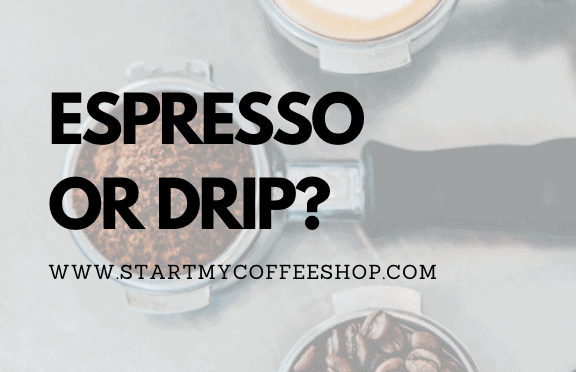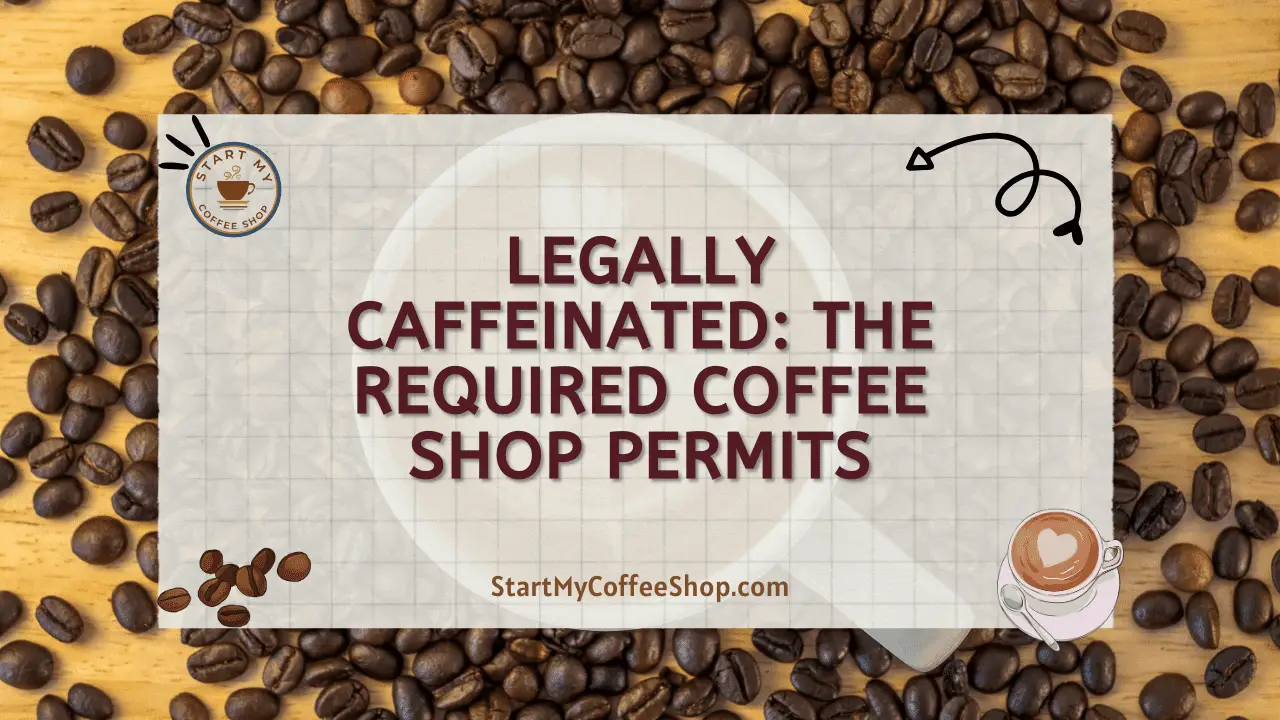Selling drip coffee vs espresso in my coffee shop, which is better?
Espresso or drip? A question is as old as our coffee drinking tradition itself. As a coffee shop owner, this will be one of the pivotal questions that you must answer for yourself. Though the only major difference between the two styles is the actual brewing method, it is important to understand the nuances between the two and how they affect the final product.
So, which method is best for you to sell in your coffee shop?
Five things you should consider in deciding between espresso and drip coffee for your coffee shop are:
-
-
- Method
- Roasts
- Cost
- Flavor
- Execution
-
Method
This is going to be the bread and butter of our discussion here. As stated before, the method is the main defining factor between the two styles of coffee. Let’s first delve into the definition of each to get a foundation for our discussion.
The Specialty Coffee Association of America defines espresso specifically as “A 25–35ml (.85–1.2 ounce [×2 for double]) beverage prepared from 7–9 grams (14–18 grams for a double) of coffee through which clean water of 195°–205°F (90.5°–96.1°C) has been forced at 9–10 atmospheres of pressure, and where the grind of the coffee is such that the brew time is 20–30 seconds. While brewing, the flow of espresso will appear to have the viscosity of warm honey and the resulting beverage will exhibit a thick, dark golden crema. Espresso should be prepared specifically for and immediately served to its intended consumer.” That’s a fairly cut and dry definition, but the basic idea is that a strong, individual portion of coffee is brewed with nearly boiling water and forced through finely-ground coffee beans. So, the question you might have is “how does this affect my coffee shop?” Well, the answer is threefold.
First, you will need specialized equipment to brew espresso over drip. These tools include:
-
-
Espresso Machine – This will be the workhorse of your entire operation. Getting a quality espresso machine is the first step in producing high-quality espresso and espresso-based drinks.
-
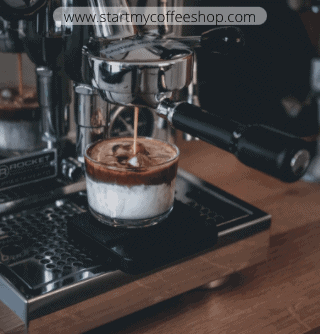 Espresso Grinder – Yes, there are espresso specific grinders. This allows you to grind your own beans in-house and frequently throughout the day allowing access to the rich oils that produce the distinct flavor of espresso.
Espresso Grinder – Yes, there are espresso specific grinders. This allows you to grind your own beans in-house and frequently throughout the day allowing access to the rich oils that produce the distinct flavor of espresso. -
Espresso Tamper – A tamper is a specialized tool that is used to pack ground espresso into the portafilter basket before brewing. This is crucial because it ensures that all the grounds are packed evenly which ensures the perfect shot of espresso.
-
Frothing Pitchers – If you are planning on selling more than just shots of espresso, you will surely need a few of these as they are used to froth milk to make lattes and cappuccinos. You’ll also need a proper thermometer to go along with this to ensure you are frothing the milk at the correct temperature.
-
Measuring Tools – Another crucial component of your production line will be scales and measuring cups. This will not only ensure that your recipes are spot on but will also help you control costs and minimize waste.
-
Now that you have the tools, the next piece is gaining the knowledge to be able to use them to create the drinks that you’ll sell. You will, in turn, need to train your employees on how to make these specific drinks as well to ensure consistency.
Finally, by choosing this method of coffee making you are choosing to enter somewhat of a niche market. According to statistics, only about 31% of coffee sales are attributed to espresso and espresso-based drinks for small, independent coffee shops. That being said, with the average two-ounce cup of espresso selling for $3.45 and the average nine-ounce cup of drip only selling for around $2.38, the profit margins will be much higher for espresso sales.
Let’s move on to the drip method. Drip coffee refers to the method of coffee making that involves the use of an automatic coffee maker where grounds are loaded into a filter lined basket and boiling water is dripped over them to produce coffee. More specially, thermal induction sends water up to the “showerhead” of the coffee maker and gravity brings that water back down through the ground coffee where it then drips into a carafe underneath. In regards to your coffee shop, this method of brewing coffee is not complicated or expensive. It doesn’t require any specialized equipment other than the automatic coffee machine and a coffee grinder and doesn’t require much in the way of specific training either. This is the easiest and most cost-efficient method of starting up and running a coffee business. The sacrifice here, however, is that the drip method misses out on the rich oils that produce the distinct flavor of coffee through the paper filter used in the drip process. A lot to consider.
Roasts
Everyone knows that different roasts of coffee produce different flavor profiles, but let’s start with what roasting actually means and what it does. According to the National Coffee Association “Roasting causes chemical changes to take place as the beans are rapidly brought to very high temperatures. When they reach the peak of perfection, they are quickly cooled to stop the process. Roasted beans smell like coffee, and weigh less because the moisture has been roasted out. They are crunchy to the bite, ready to be ground and brewed. Once roasted, however, they should be used as quickly as possible before the fresh roast flavor begins to diminish. Roasting brings out the aroma and flavor that is locked inside the green coffee beans.” Roasting coffee beans is both an art and a science and there is no industry standard for what defines a particular roast, but generally, they fall into one of four categories.
-
-
Light Roast – Light in color and flavor with no oils released to the surface.
-
Medium Roast – Balanced in flavor, aroma, and acidity. Slightly Sweeter in flavor than light roasts.
-
Medium-Dark Roast – Flavor and aroma forward with low acidity. Bitter-sweet flavor profile.
-
Dark Roasts – Bitter flavor profile with high oil output.
-
Now that we have a background in roasts, let’s discuss how this pertains to your coffee shop. Knowing your roasts and carrying a variety of them is most important if you choose to go with drip coffee. This is because the different roasts will allow you a broad range of flavor profiles and more distinct cups of drip coffee. You will need these varying flavors to make up some ground on your espresso-based competitors. Creating an individual flavor palette for which your patrons will recognize you will help you stand out from other coffee shops.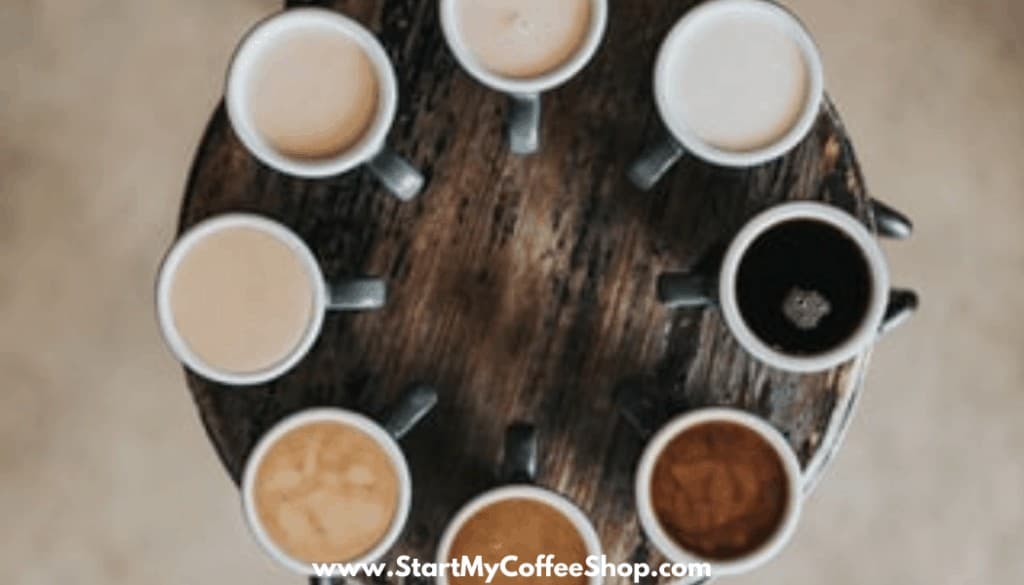
Contrary to popular belief, espresso can be made with any roast. Yes, I said any roast! Most espressos are made with a medium-dark or dark roast because they work well with the espresso-making process and the flavors produced are what is expected for an espresso. But who is to say that you can’t make an appealing espresso from light or medium roast. Who knows, you might gain a following by stepping outside of the box.
Cost
As any business owner knows, the cost of doing business is something to carefully consider. Choosing between these two methods of brewing you will also be chosen, in large part, the base for your cost of doing business. Due to the specialized equipment, training, and nature of producing espresso versus drip, choosing to go this route will ultimately land you a higher start-up cost and higher overall cost of doing business. That being said, your profit margins will be greater as well. Conversely, if you choose to go the route of drip coffee you will have a much lower initial start-up cost and running cost of business. You will have to do almost double the business as an espresso-based shop, though, to make the same margins. Do your research on demographics and local preferences to gain a better understanding of what your area’s preferences are before making this decision.
Learn more about pricing you products HERE!
Flavor
We have already discussed how the roast of the coffee affects the flavor of the end product, but let’s touch on how each method also plays a role in determining the profile of the coffee. Because espresso is somewhere between 6 and 8 times more concentrated than drip coffee you are going to get a fuller, richer flavor profile from this brew method. The sweetness, bitterness, and acidity will be more pronounced in addition to the inherent flavors of the coffee itself. Take this into consideration when choosing which method is best for your coffee shop. Knowing you will get a bolder outcome by choosing espresso or a lighter, more approachable one from choosing drip will be integral in the operation and success of your shop.
Execution
As I mentioned before, determining which method of brewing will also determine how you will end up operating your business. The setup will look much different depending on which style you choose as well as affect the way you train your staff and who you hire for the job. Since brewing espresso is a more complicated (and expensive) process, you will want to bring on experienced baristas with a passion for their craft. In turn, you will have to pay them more and will expect more out of them. A broad knowledge of the numerous espresso-based drinks is a must and a background in roasts and their flavor profiles will be essential.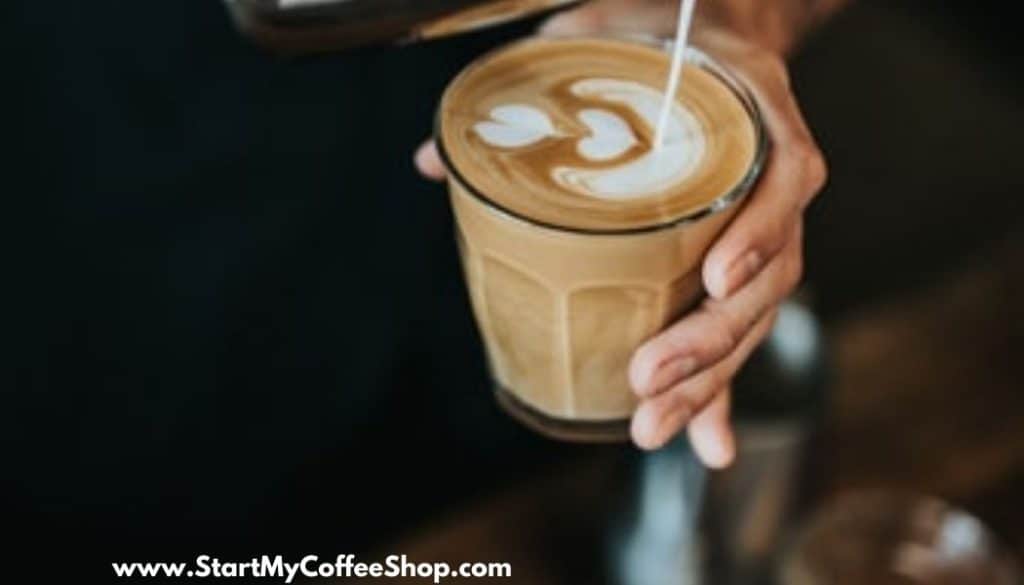
On the flip-side, let’s face it, just about anyone can measure out the amount of coffee for the drip machine and press “on.” This allows for greater flexibility in who you have in your hiring pool and decreases the wage that you will need to start them at to get them in the door. Though you will still have some training to do with these recruits, it will be much more minimal than it takes to master an espresso.
All things considered, it is ultimately your decision, but incorporating a combination of both methods will allow you to be flexible and create a greater market pull for your coffee shop. Diversification always equates to greater success in business.
Frequently Asked Questions
Yes! Numerous more roasts fall in between the big four and even more in between those.
The best cup of coffee always starts with quality beans and a knowledge of how to get the most out of them. Ultimately, it will be up to the personal preferences of the drinker to determine what is best for them.
To learn more on how to start your own coffee shop checkout my startup documents here
Please note: This blog post is for educational purposes only and does not constitute legal advice. Please consult a legal expert to address your specific needs.

Hi! I’m Shawn Chun
My adventure in coffee began when I first launched my first coffee shop back in the early 2000s. I had to figure out so many things on my own and to make it worse within 2 years of opening two large corporate coffee chains moved in just blocks away from me!
As I saw smaller and even some larger coffee shops in the neighborhood slowly lose customers to these giant coffee chains and slowly close up shop, I knew that I had to start getting creative…or go out of business.
I (like you may be) knew the coffee industry well. I could make the best latte art around and the foam on my caps was the fluffiest you have ever seen. I even had the best state-of-the-art 2 group digital Nuova Simonelli machine money could buy. But I knew that these things alone would not be enough to lure customers away from the name brand established coffee shops.
Eventually, through lots of trial and error as well as perseverance and creativity I did find a way to not only survive but also thrive in the coffee/espresso industry even while those corporate coffee chains stayed put. During those years I learned to adapt and always faced new challenges. It was not always easy, however, in the end, I was the sole survivor independent coffee shop within a 10-mile radius of my location. Just two corporate coffee chains and I were left after that year. All told the corporate coffee chains took down over 15 small independent coffee shops and kiosks and I was the last one standing and thriving.
Along the years I meet others with the same passion for coffee and I quickly learned that it is not only “how good a barista is” that makes a coffee shop successful, but the business side of coffee as well.
Hence why I started this website you are on now. To provide the tools and resources for up and coming coffee shop owners to gain that vital insight and knowledge on how to start a coffee shop successfully.
Stick around, browse through my helpful blog and resources and enjoy your stay! With lots of LATTE LOVE!
Shawn

